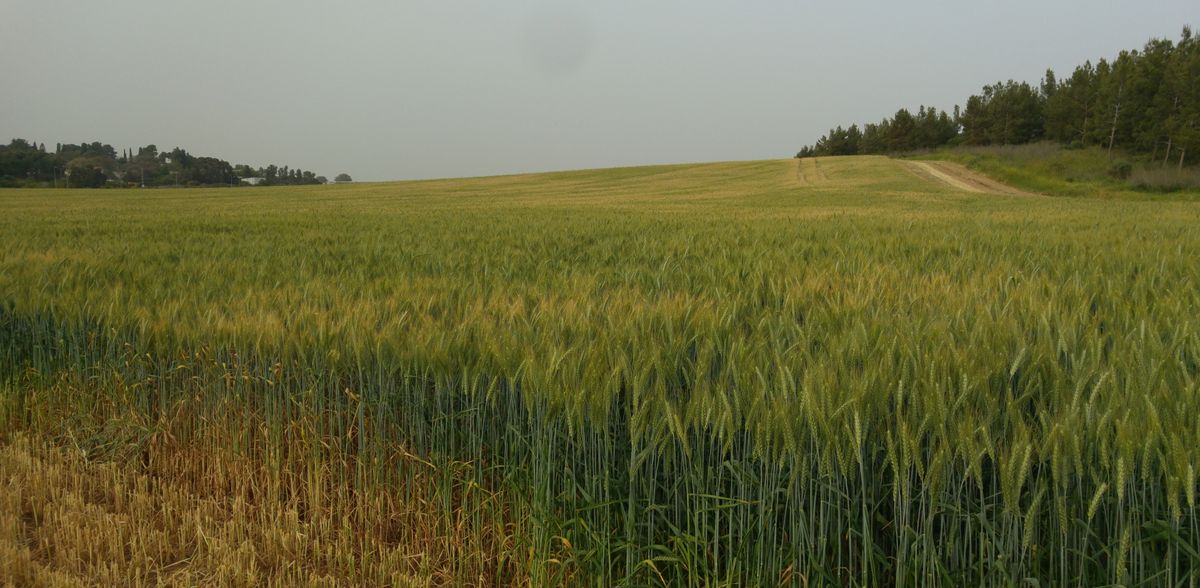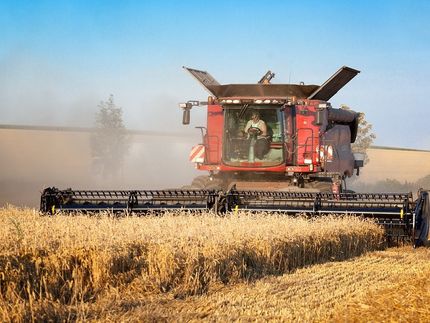How does the social behavior of wheat plants affect grain production?
Advertisement
Researchers at the IPK Leibniz Institute have investigated how the behavior of a single wheat plant under limiting light conditions affects the performance of the entire community. They evaluated morphological and biomass phenotypes of individual plants grown in mixtures under sunlight and simulated shade, and the relevance of these phenotypes to the monoculture community in the field.
One of the most important drivers of crop evolution is the altered selection associated with the transition of plants from a highly heterogeneous and species-rich natural environment to a homogeneous monoculture environment. Competition for resources is considered a dominant force in structuring plant populations under natural selection, often favoring the most competitive individual plants in a given environment. The plant architecture and behavior of successful genotypes as individual plants differ from those of genotypes that thrive in a community. Individual plant fitness is enhanced by "selfish" traits that, as in humans, can negatively impact community performance.
"Agriculture depends on community performance," emphasizes Prof. Dr. Thorsten Schnurbusch, head of the Plant Blueprint Research Group at the IPK Leibniz Institute. "But the environment in which plants are grown, i.e. their ecology in the agricultural context, their agroecology, has hardly been researched and is still poorly understood. It's amazing how little we know about the interactions between plants growing in a dense community under practical growing conditions."
Today, crops are grown in dense stands where they receive limited light due to mutual shading. "By simulating shading, we can approximate the conditions that plants in dense stands encounter in the field, which can be useful for studying and selecting plants for higher grain yields," said Guy Golan, Ph.D., lead author of the current study. "Cooperative behaviors and highly fertile inflorescences in a light-limited/shaded environment are most important for a high-yielding cereal plant community."
The researchers found that behaviors that promote individual plant fitness are not beneficial and, in some cases, are actually detrimental to overall community performance. The findings were recently published in the journal Plant, Cell & Environment as part of the special issue "Tradeoffs in Plant Responses to the Environment." In addition, the researchers say several phenotypes achieved under simulated shade could better explain community performance of the wheat plant, and advocate for the use of simulated shade in breeding high-yielding varieties.
"Deeper insights into these interactions and, in particular, understanding their molecular and genetic components are very important to develop more resilient and resource-efficient crops for the future," says Prof. Dr. Thorsten Schnurbusch. "Applying an agroecological genetics approach can optimize community yield by better adapting crops to their environment, either as a monoculture or as a mixture."
Note: This article has been translated using a computer system without human intervention. LUMITOS offers these automatic translations to present a wider range of current news. Since this article has been translated with automatic translation, it is possible that it contains errors in vocabulary, syntax or grammar. The original article in German can be found here.



























































